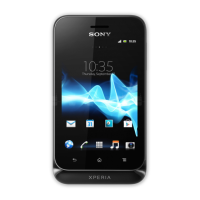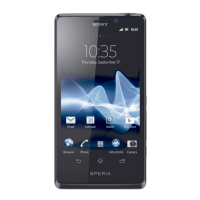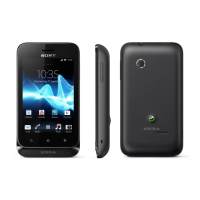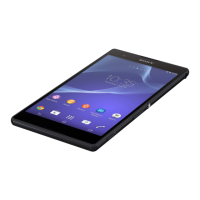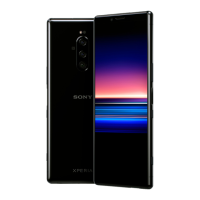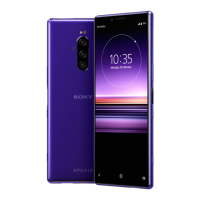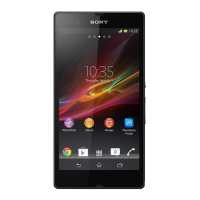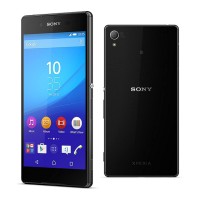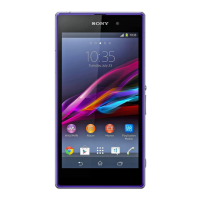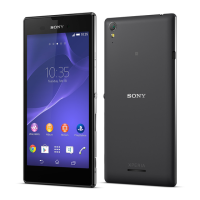
Do you have a question about the Sony Xperia T3 and is the answer not in the manual?
| Display Size | 5.3 inches |
|---|---|
| Resolution | 720 x 1280 pixels |
| RAM | 1 GB |
| Internal Storage | 8 GB |
| Rear Camera | 8 MP |
| Front Camera | 1.1 MP |
| Battery Capacity | 2500 mAh |
| Operating System | Android 4.4.2 (KitKat) |
| Dimensions | 150.7 x 77 x 7 mm |
| Weight | 148 g |
| SIM | Micro-SIM |
| Type | IPS LCD |
| Protection | Scratch-resistant glass |
| GPU | Adreno 305 |
| Card slot | microSD, up to 32 GB |
| Loudspeaker | Yes |
| 3.5mm jack | Yes |
| Bluetooth | 4.0, A2DP |
| GPS | Yes, with A-GPS, GLONASS |
| NFC | Yes |
| Radio | FM radio |
| USB | microUSB 2.0 |
| Sensors | Accelerometer, proximity, compass |
| Colors | Black, White, Purple |
| Processor | Qualcomm Snapdragon 400 |
| WLAN | Wi-Fi 802.11 a/b/g/n |
| Talk time | Up to 12 h 46 min (2G) |
Visual guide to device hardware components.
Instructions for physical preparation before first use.
Guides initial setup after powering on.
Procedure and indicators for charging the battery.
Explains fundamental touch gestures like tapping and swiping.
Primary interface for device navigation and app access.
Switching between recent apps and using the app bar.
Organizing apps and icons for a tidier Home screen.
Explains status bar icons and notification management.
Steps to download apps from the official Google Play Store.
Using the web browser for internet access and navigation.
Guide to connecting to and managing Wi-Fi networks.
Monitoring and managing mobile data consumption.
Syncing data like contacts, email, calendar with online services.
How to navigate and modify device settings.
Adjusting audio settings, ringtones, and notification sounds.
Adjusting screen brightness, touch feedback, and idle time.
Changing the device's display and input language.
Using the virtual keyboard for text input and customization.
Selecting, cutting, copying, and pasting text.
Procedures for initiating voice calls.
Setting up and managing voicemail greetings and messages.
Setting up call forwarding to another number or service.
Managing contact information, including adding and editing.
Finding, viewing, and filtering contact information.
Composing, sending, and reading text and multimedia messages.
Configuring email accounts and managing messages.
Using the WALKMAN application to play music.
Tuning into FM radio stations and saving favorites.
Capturing still images and recording video clips.
Overview of camera modes and settings like focus and flash.
Browsing, viewing, and managing photos and videos.
Playing saved or downloaded video files on the device.
Displaying the device screen on a TV using screen mirroring.
Using Bluetooth for file transfer and connecting accessories.
Automating device actions based on accessory connections or time.
Storing payment cards and using the device for mobile payments.
Enabling GPS and network-based location services for apps.
Using Maps for location tracking, traffic, and directions.
Managing schedules, appointments, and events.
Accessing help guides, troubleshooting, and update info.
Using PC Companion and Media Go™ for device management.
Using my Xperia service to locate, secure, or erase a lost device.
Extending battery life by managing background activity.
Transferring and organizing files between device and computer.
Forcibly shutting down the device or performing a factory reset.

